Table of Contents
I’m publishing a longer-than-usual Newsletter today, to celebrate my first solo exhibition showing my NeuroGraphica artworks. The exhibition opens on Friday 21st March at The Boudica café in central Brighton.
The first time you meet NeuroGraphica
Imagine someone like you and me — a person who wants to grow and develop.
Imagine yourself as this intelligent creative soul. You are curious and open to ideas. You’ve tried a bunch of practices - vision boarding, journaling. You’ve read books on self-development and psychology. You’re keen to broaden your horizons and deepen your understanding of yourself and the world.
Yet every so often, you run into stuff inside that you feel convinced you should be able to unpick. It feels frustrating that it keeps you stuck. After all, you’re bright and well-educated. Thinking things through is one of your strong points. But there’s stuff that you just can’t seem to get at. It’s elusive. It feels like something’s missing from your toolkit.
It feels like something’s missing from your toolkit.
Then a friend says, “Have you tried NeuroGraphica?”
You sign up for a workshop. Something luminous happens inside the first time you experience the NeuroGraphica drawing process. It connects up the dots in a way that nothing else has done before.
You go on a quest to find out more. You want to discover why this method sparks up your mind. You hear about how half the human brain doesn’t do words - it thinks in pictures.
It turns out that NeuroGraphica offers a way to bring together on the same page your word-thinking mind and your subliminal intuitive self. You learn to translate between the two, to weave together new understandings using a marker pen and a few pencils.
NeuroGraphica becomes a friend.
Whenever you need a fresh perspective, you sit down to draw. You start telling friends about how you get new insights and make breakthroughs.
You talk about evidence that anything that gets your brain’s right and left hemispheres to connect and spark together is great for engendering creativity and flow.
You draw for yourself, for the transformation inside. But it’s also fun to show your favourite creations. People say that some of your drawings speak to them, too. This adds the joy of sharing beauty to the triumphs already under your belt.
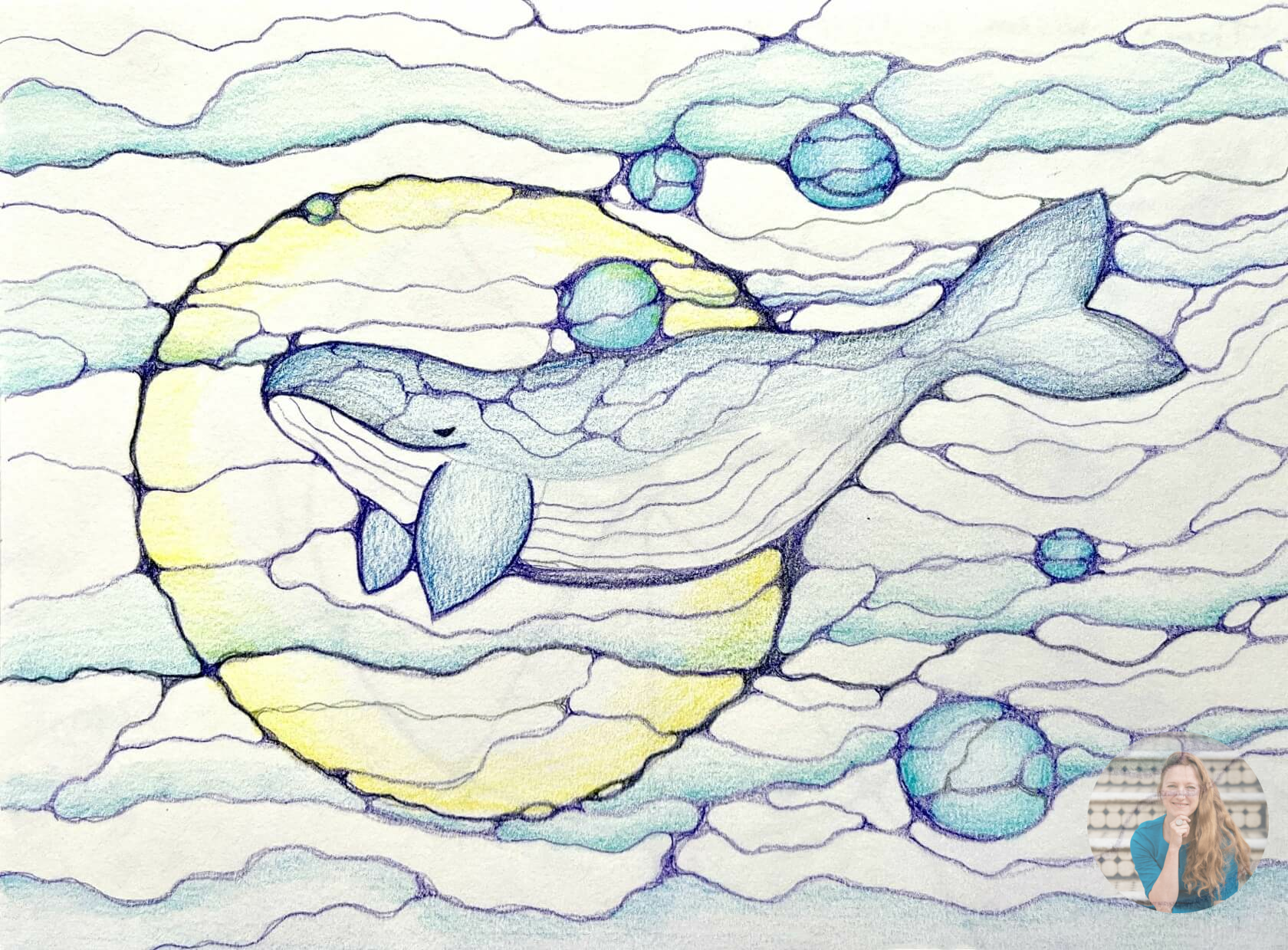
Eventually, someone says, “How do you get started on a drawing?” And you find that you love sharing what you’ve learnt.
This leads to you training in using NeuroGraphica as a coaching tool with others. You gather groups to experience the method for the first time. This feels so right! Creating beauty together, on the inside and the outside, is pure joy!
Creating beauty together, on the inside and the outside, is pure joy!
Thanks for walking in my shoes. This is my story. A friend introduced me to NeuroGraphica in 2021. After two years of drawing NeuroGraphica almost every day, I realised I was becoming an artist, a committed practitioner of this transformational art. Then in 2024, I earned the NeuroGraphica Specialist qualification, which means I can lead workshops and use NeuroGraphica to coach individuals and groups.
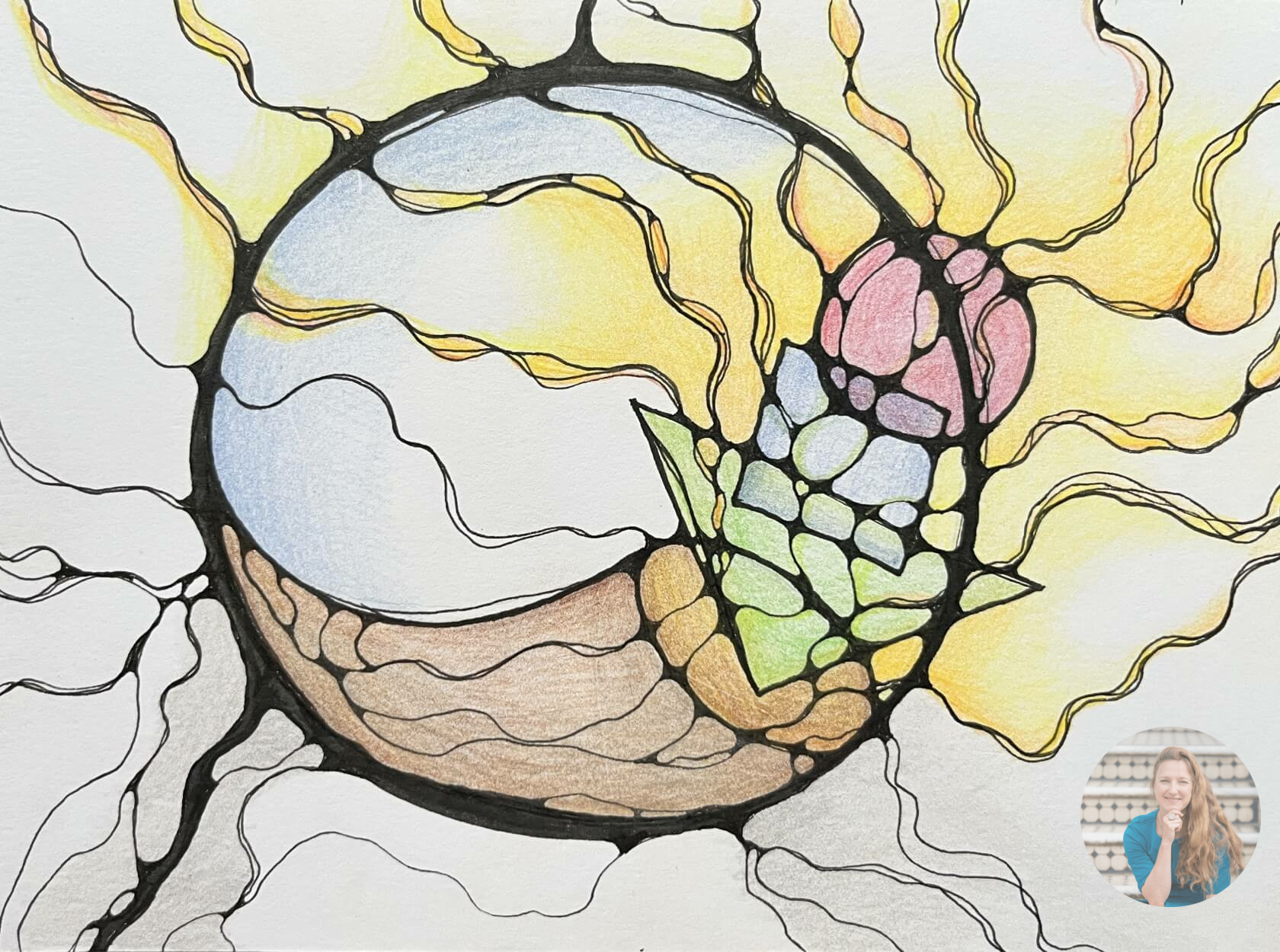
What is NeuroGraphica?
NeuroGraphica is a meeting place of psychology and graphic art. It’s a way of thinking visually.
The method was created by Professor Pavel Piskarev in 2014.
The process engages you on four levels:
- visual (what are you seeing?)
- emotional (feeling)
- bodily (visceral sensations)
- mental (thinking)
The transformations NeuroGraphica achieves can happen on any of these levels, separately or simultaneously.
Imagine you had a way to download what’s in your brain onto the page, transform it and upload the refined-and-improved version back up into your brain.
The Neurographica drawing process is both rigorous and playful. It offers a structured, step-by-step sequence for evolving where you’re starting from to illuminate the path ahead for you.
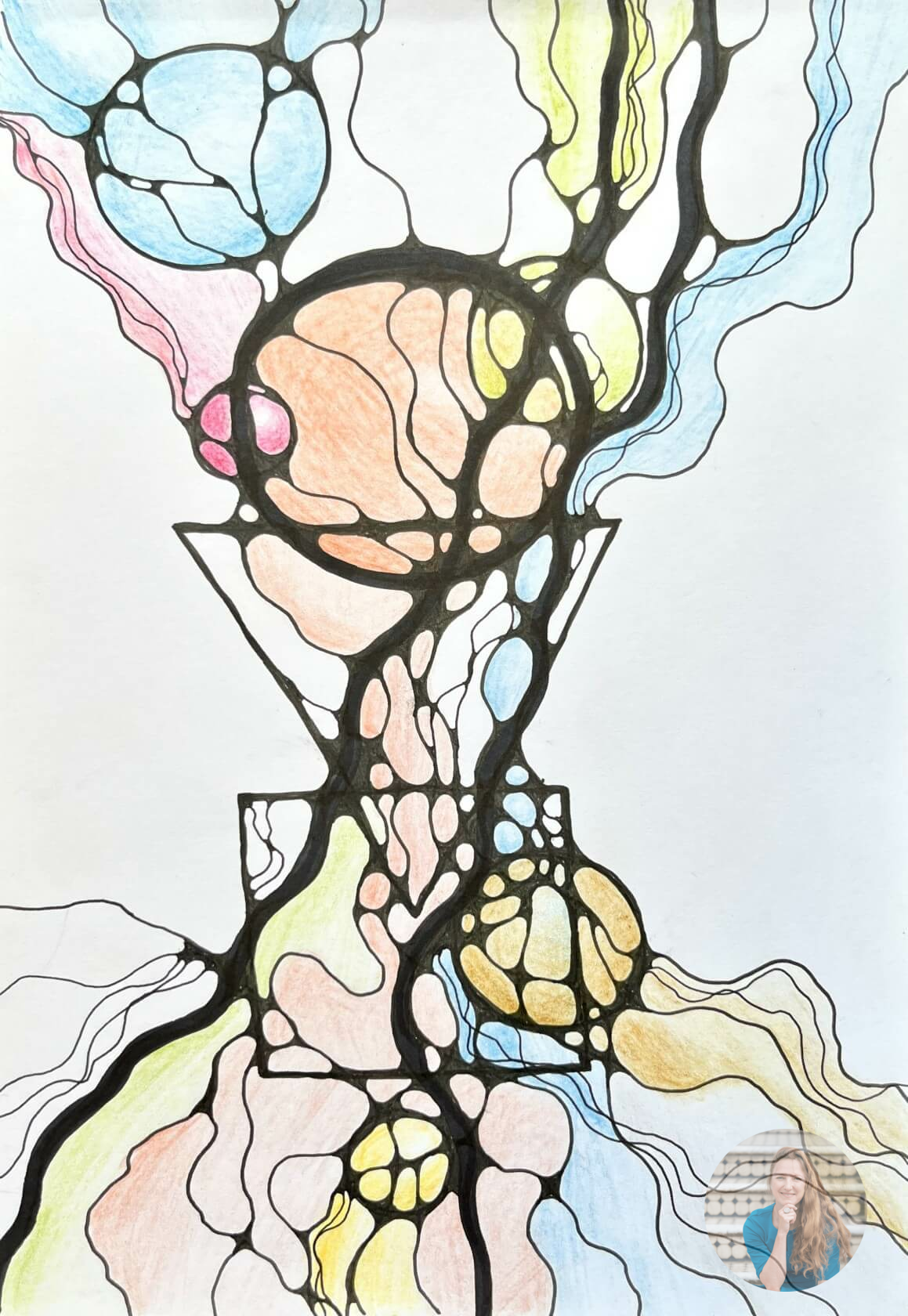
How to read a NeuroGraphica drawing
The NeuroGraphica line is the most striking and distinctive feature of the method. It is an organic line that emerges as you draw. You can’t predict how it will move - and that’s the point. Drawing in this way jolts your mind out of ingrained habits. It stimulates your brain to stretch and grow new neural nodes.
This is boosted by the practice of integrating intersections. This transforms your picture from one full of contradictions (visible as sharply clashing lines) into one where all the elements on the page are brought together into a coherent whole.
The core visual vocabulary in NeuroGraphica uses three basic shapes: circle, triangle and square. Each has specific meanings which allow you to model anything: any wish, any situation, any plan.
Every NeuroGraphica drawing incorporates on one page the three major psychological levels. It brings together:
- the personal level, what goes on inside one person (what we generally assume the word ‘psychology’ to mean)
- the social level, what goes on between people (this is commonly dealt with by sociology)
- the larger flows of influence and information that psychologist Carl Jung described as transpersonal, i.e., connecting human consciousness with other realms, the flow of natural cycles, cosmos, creation, the numinal and sacred Self.
Few practices manage to mesh together all three of these levels, creating opportunities for life-changing breakthroughs, healing and integration.
Few practices manage to mesh together all three levels.
The NeuroGraphica process encourages effects in the brain similar to profound meditation, stimulating your brain waves to slow down from the Alpha-Beta-Gamma range to enter the more expansive consciousness associated with Theta and Delta wavelengths.
The wider lines you’ll see in every NeuroGraphica drawing represent the moments of tuning into these broader and more profound contexts.
Every NeuroGraphica drawing emerges under the tip of your marker pen. Every new line changes what’s on the page - and how it represents your situation.
In this sense, the purpose of a NeuroGraphica drawing goes far beyond self-expression. Expressing yourself deals with the present moment. In NeuroGraphica, that’s just a starting point.
Beyond expressing yourself, there’s the possibility of transforming your perspective. You can change what feels possible and achievable. You can explore potential scenarios into the future. You can probe into the past to uncover untapped resources. You can harness and organise your psychological energies towards any goal you choose to pursue.
Right through the process, there is an interplay between the practitioner’s intentional direction and engaging with your visceral intuitive content. Your imagination scans ahead as your hand draws lines and shapes on the page.
You don’t start out knowing what any drawing will end up looking like. Every drawing brings surprises. The revelations and insights are always purposeful, in the service of your project. Every drawing takes you closer to your goal, be it to do with health, wealth or happiness.
Every drawing takes you closer to your goal.
Colour is a powerful element of every drawing. In NeuroGraphica, you can use colour to harness the exact flavour of energy you need. Colour lets you direct your state, to help you rest or get energised. It can also help you regulate your emotions, to create harmony and a sense of contentment.
More advanced drawing practices can target psychological healing, or help you tap into your deeper intuition. This may be harder to pick up from just looking at a drawing. The NeuroGraphica artist would need to tell you about their experience from the inside.

NeuroSketching
The classic NeuroGraphica method stays away from the figurative tradition, from portraying physical forms. Its strength is in creating an image of an inner process. Keeping the visuals abstract can actually help with that.
On the other hand, there is also the option of using something recognisable in a symbolic, poetic way. If you draw a picture of a stag, it can be about dignity and strength. A whale can symbolise attunement to profound wisdom. Flowers bursting from underneath snow speak of new beginnings.
These examples belong to the NeuroSketching strand within the overall umbrella of NeuroGraphica. They are still, in the main, about the effect inside. But they are enjoyable to create and look at!

Different from NeuroArt
I said earlier that the visual effects a NeuroGraphica drawing creates are primarily about the experience of the drawing’s author. Pictures whose main purpose is to create a visual effect fall outside the NeuroGraphica domain.
Visual effects are about style. Any artworks you come across which look similar to NeuroGraphica but don’t stem from an inward focus are likely to belong to NeuroArt, a popular artistic style. NeuroArt uses the elements of flowing lines and rounded intersections reminiscent of NeuroGraphica. NeuroArt can be an enjoyable pastime in its own right.
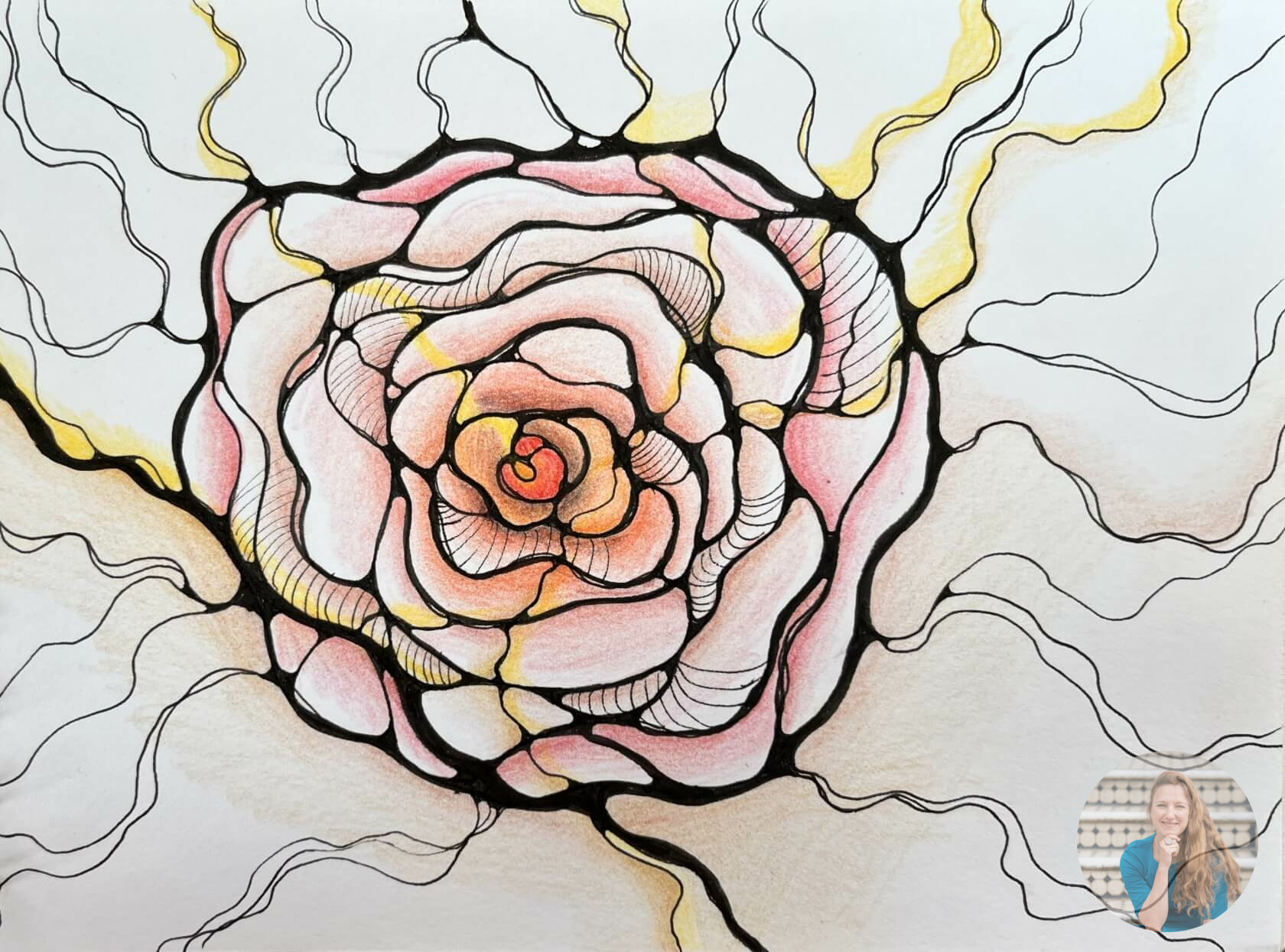
Keen for more?
Ultimately, art is not an academic pursuit. The art of creating the life of your dreams especially so. The core goal of art is not to know about something. Its essence is in the practice. If you’re inspired to know NeuroGraphica more, the next step is to experience the practice for yourself.
For upcoming dates, check Margarita’s Eventbrite page
I’m imagining you saw some stuff you liked?
Not sure what comes next?
Sometimes the first step is just saying this matters.
A Nesting Call is a gentle conversation to meet you where you are — no fixing, no rushing, just deep listening and space to notice what wants to unfold.


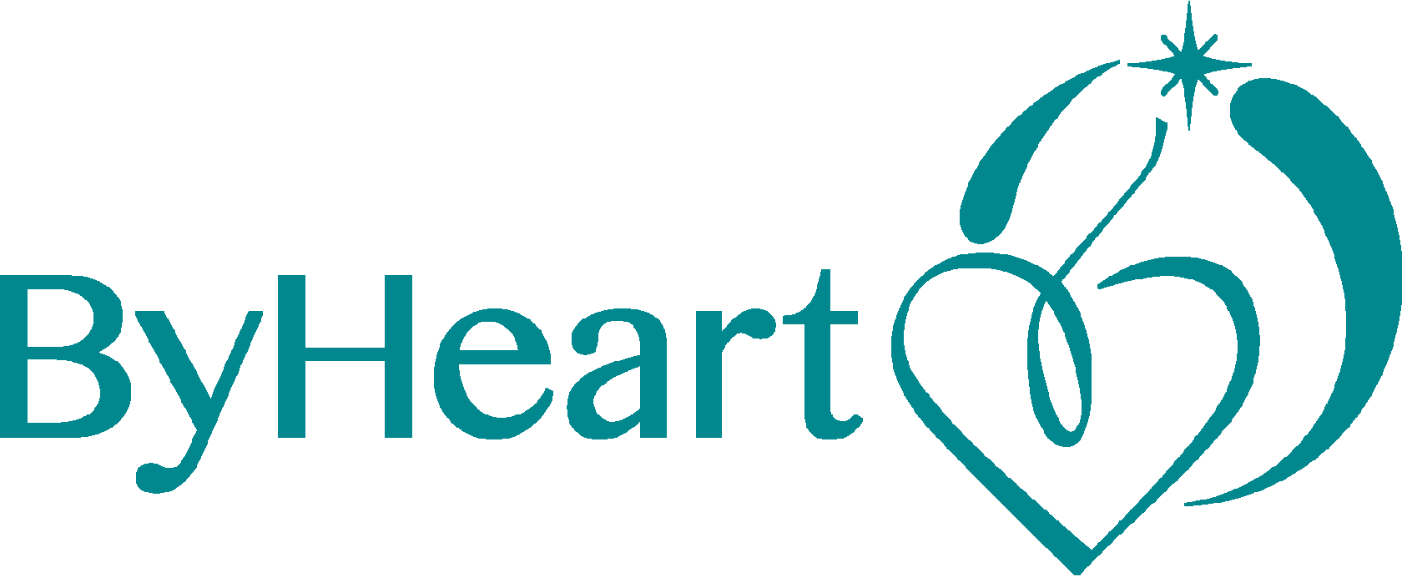






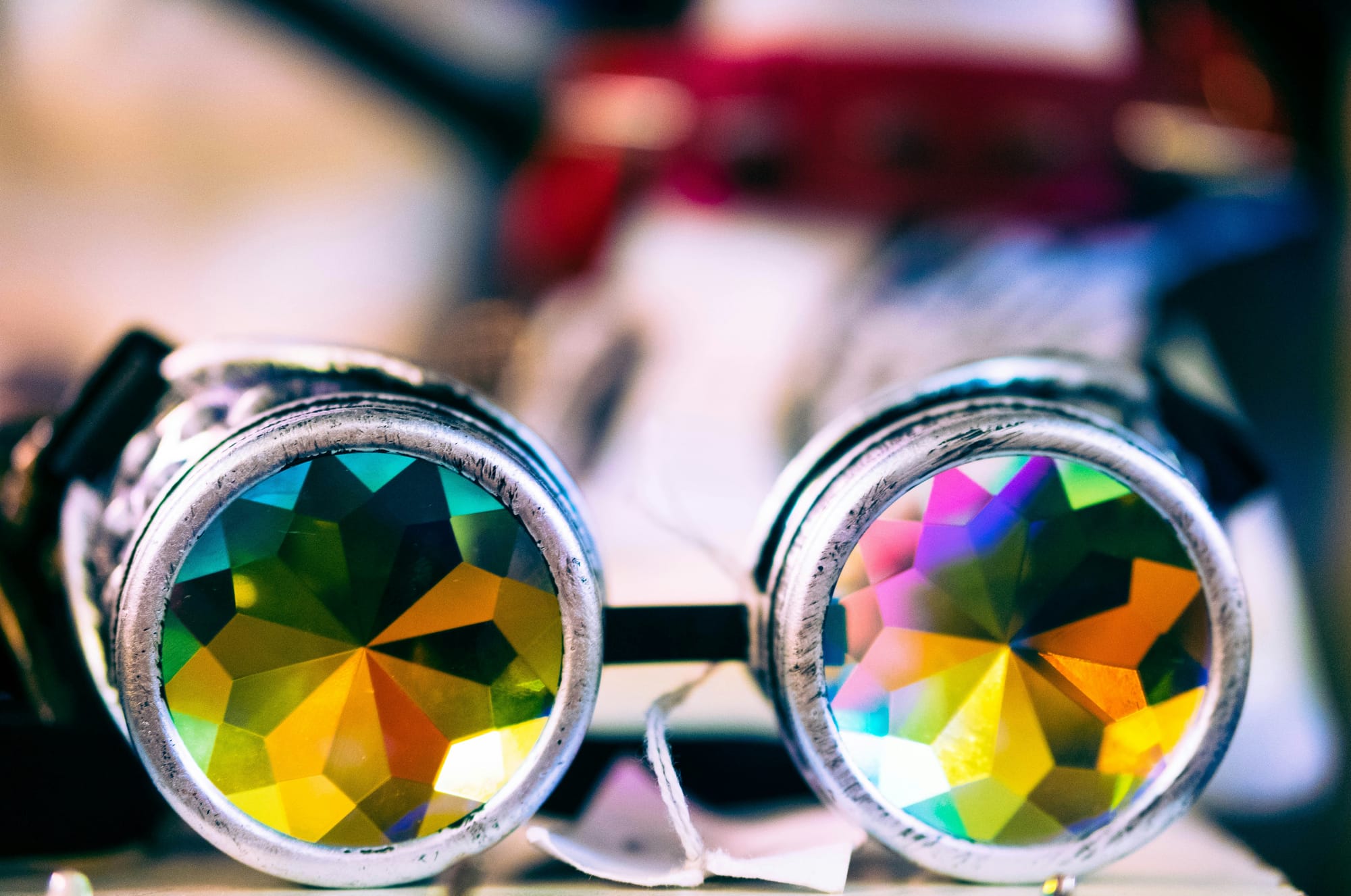

Comments